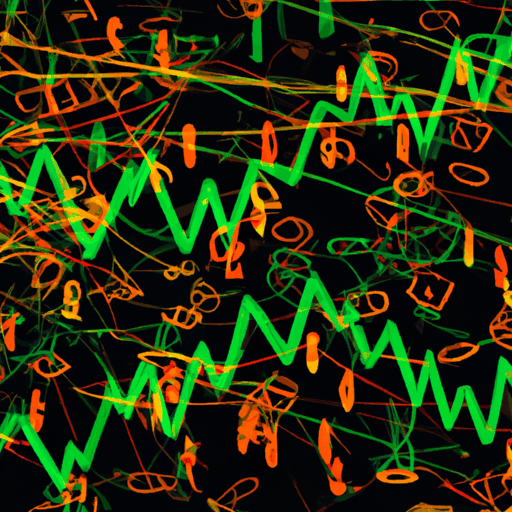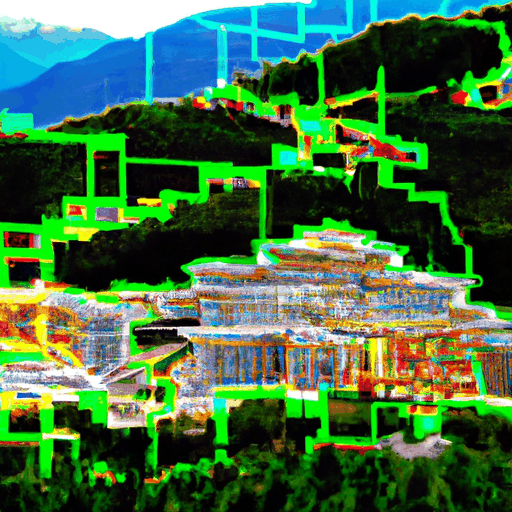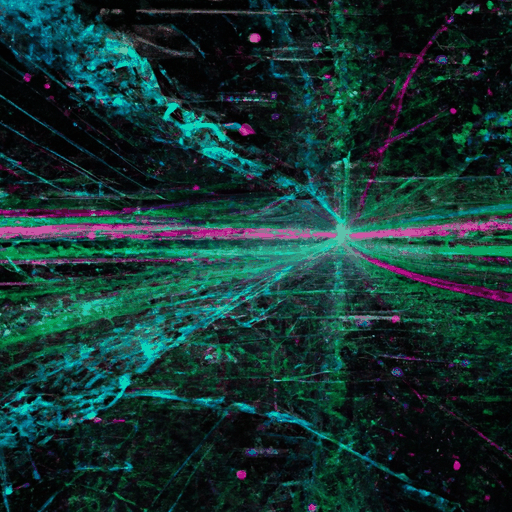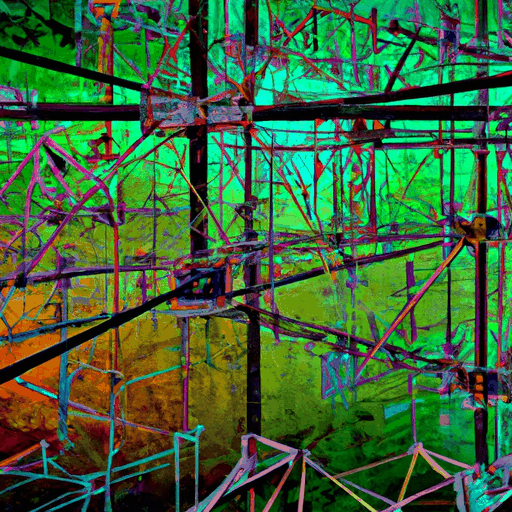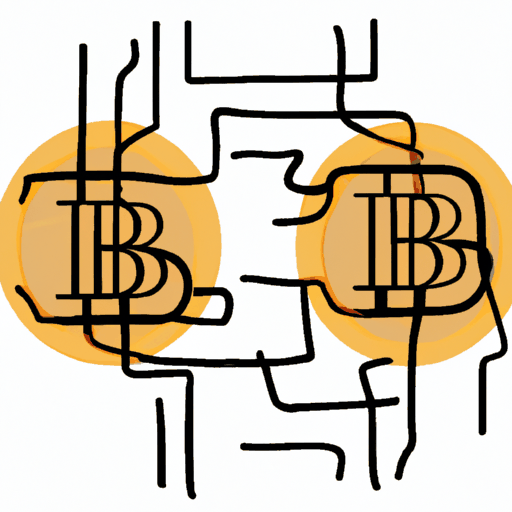
Bitcoin Community Divided: Concerns Over Censorship and Forking
By: Eliza Bennet
The Bitcoin community is at a crossroad, embroiled in a fierce debate over potential censorship threats on its network. The controversy was stirred by a cautionary open letter addressed to Bitcoin Core developers, warning against any attempts to tighten policy rules or censor specific transactions, particularly those involving Ordinals and Runes.
Leonidas, a prominent voice within the Bitcoin Ordinals ecosystem and host of The Ordinal Show, has been vocal in expressing his concerns over what he perceives as a shift in Bitcoin's foundational principles. He argues that Bitcoin was designed to be a permissionless and neutral platform accessible to anyone willing to pay competitive fees. The act of censoring transactions based on their nature—be it images, memecoins, or seemingly non-financial data—poses a threat to Bitcoin’s long-standing position as a censorship-resistant digital currency.
The issue has sparked heated discussions among miners, node operators, and developers. Some Bitcoin node operators have begun shifting towards Knots, an alternative to Bitcoin Core, due to its aggressive anti-spam features. Knots has seen significant growth, increasing from just 69 nodes in early 2024 to over 4,200 by September 2025, marking a significant protest against the policies of Bitcoin Core. The apparent division has sparked fears of network fragmentation and potential chain splits.
Leonidas has even hinted at financing the development of a Bitcoin Core fork should there be any attempts to censor transactions. This decisive action could lead to the creation of an alternate version of Bitcoin Core, potentially changing the landscape of Bitcoin's network consensus. Prominent figures within the community express concerns over this potential fragmentation. They argue for maintaining Bitcoin's openness and neutrality, urging that Bitcoin must remain resistant to censorship to uphold its core values. This ongoing debate significantly impacts the future of Bitcoin, reflecting the complexities and diverging opinions within its community.
